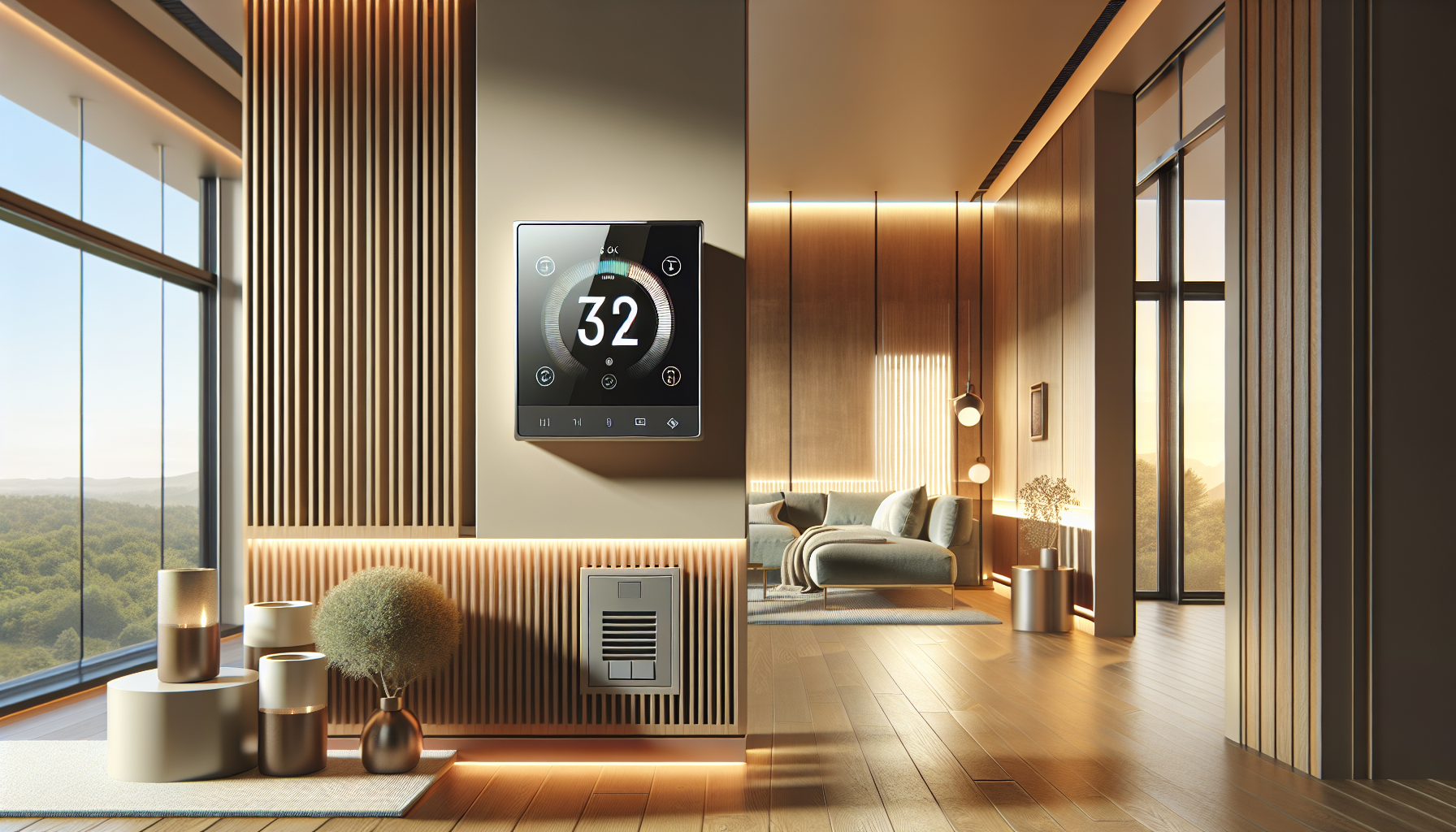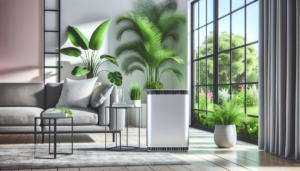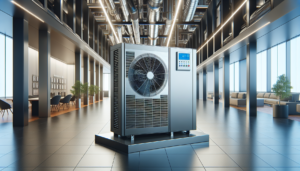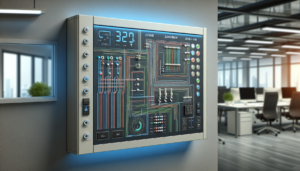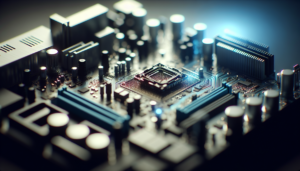What if I told you that there’s a way to make your home feel just right, no matter what the weather is like outside? Curious? Let’s talk about the place where all this magic happens – Myrtle Grove, Florida.
Table of Contents
ToggleWelcome to Myrtle Grove, Florida
Myrtle Grove is a charming neighborhood located in the greater Pensacola area of Florida. Nestled between the bay and the forest, Myrtle Grove offers a perfect mix of nature and comfort. The area is known for its beautiful homes, friendly neighbors, and a laid-back lifestyle.
As you stroll through Myrtle Grove, you might notice the tall pine trees swaying gently in the breeze and the cheerful sounds of children laughing as they play in their yards. Families often gather at local parks for picnics, enjoying the sunshine and fresh air. The sunsets here are simply stunning, providing a colorful backdrop to long summer evenings.
Living in Myrtle Grove means enjoying all the fun of the Florida outdoors while still being close enough to the city to enjoy all its offerings. There are shopping areas, yummy local restaurants, and lots of fun activities not too far away. Whether you like fishing, biking, or just sitting by the water, Myrtle Grove provides endless opportunities to soak up the sun and the good things in life.
Now, let’s learn about something that can make your home even more comfortable and enjoyable: zone control systems.
What are Zone Control Systems?
Zone control systems are clever setups that allow you to manage the temperature in different parts of your house. Imagine being able to set your living room to a cozy warmth while keeping your bedroom nice and cool. Sounds great, right?
These systems use special equipment to divide your home into different areas, or zones. Each zone can have its own temperature control, which means you can create the perfect atmosphere in every room. It’s like having a thermostat for each area of your home!

How Do Zone Control Systems Work?
Zone control systems work by using a combination of dampers, thermostats, and central heating or cooling systems. Here’s a simple breakdown of how all this works:
Dampers
Dampers are installed in your ductwork. They control the flow of air to various parts of your home. When you want to make a room warmer or cooler, the dampers either open or close based on the desired temperature.
Thermostats
Each zone has its own thermostat. You can set different temperatures for each area. For example, you might want your living room to be 72 degrees while your bedroom can be a cooler 68 degrees. When you adjust a thermostat, it sends a signal to the damper to let the right amount of air flow into that zone.
Central Heating and Cooling System
Your central heating and cooling system is the heart of the zone control. It sends either warm or cool air through the ducts to the dampers, which then direct the air to each zone.
Why Choose a Zone Control System?
You might be wondering, “Why should I consider a zone control system?” Here are a few reasons that show how they can improve your home.
Energy Savings
By controlling the temperature in different zones, you can save energy. If no one is using a bedroom, you can keep that zone cooler or warmer than others. This means you are not wasting energy on rooms that you aren’t using.
Comfort for Everyone
In a family, everyone has their own temperature preferences. Some might like it warm, while others like it cool. With a zone control system, everyone can be comfortable in their own areas without compromising.
Better Air Quality
Zone control systems can help maintain better air quality. When air flows evenly to all zones, it reduces hot and cold spots. This helps with proper air circulation and keeps dust and allergens moving in a positive way throughout your home.

Installation of Zone Control Systems
Installing a zone control system can seem like a big job, but it is worth it for the benefits! Here’s what typically happens during installation:
-
Assessment: A trained technician will come to your home and look at your current heating and cooling system. They will assess how many zones you need based on the size and layout of your house.
-
Duct Modification: If your home has ductwork already, the technician will adjust the ducts and install dampers where needed. If your home doesn’t have ductwork, different options might be given, such as mini-split systems, to create zones without extensive renovations.
-
Thermostat Installation: Next, they will install the new thermostats in each zone. Sometimes, these can be smart thermostats that you can control from your phone!
-
System Setup: Once everything is in place, the technician will need to set up the system. This includes programming the thermostats and checking that the dampers open and close as they should.
-
Testing: Finally, the system will be tested to make sure that all zones are heating or cooling correctly. This is important to ensure everything works as planned.
It’s best to have professionals do this because they’ll know how to install the system efficiently and correctly.
How Much Do Zone Control Systems Cost?
You might be curious about the cost of installing a zone control system. The price can vary based on several factors. Here’s a simple list of what might affect the cost:
-
Size of Your Home: Bigger homes usually need more zones and equipment, which can increase the cost.
-
Type of HVAC System: The kind of heating and cooling system you have will affect installation.
-
Professional Labor: Hiring a trained technician means you’ll pay for their expertise, but this is important to ensure the job is done right.
-
Additional Equipment: If you need new thermostats or other equipment in addition to the dampers, this will add to the total cost.
Because each home is different, it’s best to get a quote for your specific situation.
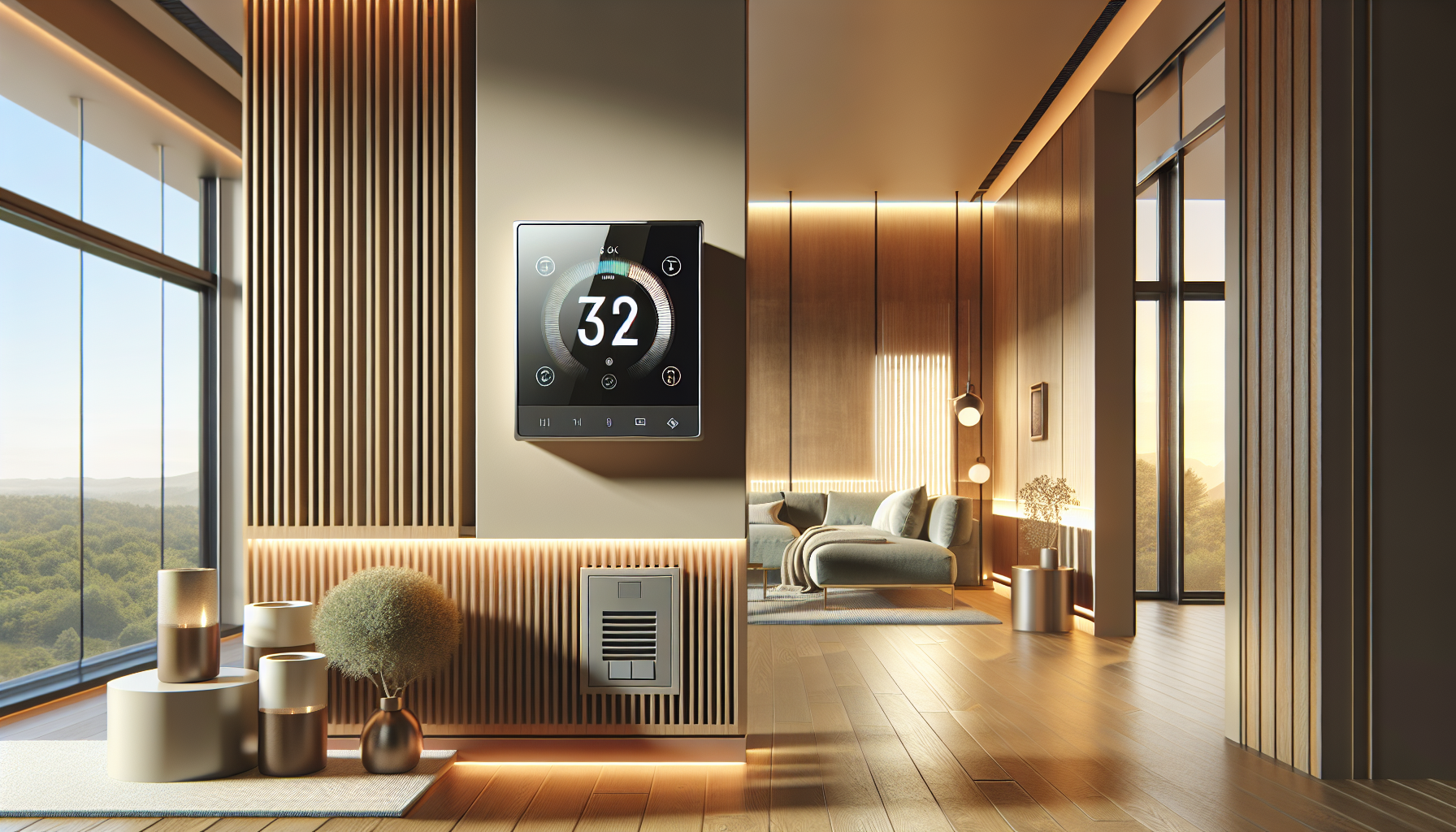
Where to Get Help with Zone Control Systems
If you are thinking about installing a zone control system, there is a place nearby that can help you. KadeCo Inc. is an HVAC service company based in Pensacola, FL. They have been around since 1997, and the owner, Kade Youmans, has lots of experience in the field.
KadeCo Inc. focuses on doing quality work at a fair price. They promise not to offer upselling or to fix things that aren’t broken. Their goal is to meet and exceed your expectations in the best way possible.
If you need help with your HVAC needs or are considering a zone control system, you can contact KadeCo Inc. at:
KadeCo Inc.
209 Brandywine Rd
Pensacola, FL 32507
(850) 516-7552
Frequently Asked Questions About Zone Control Systems
Let’s answer some common questions people have about zone control systems.
1. Can I Install a Zone Control System Myself?
It is not recommended to install a zone control system on your own. It requires special equipment and knowledge to do it properly. Hiring a professional ensures everything works efficiently.
2. Will a Zone Control System Work with My Current HVAC?
Most of the time, yes! Many HVAC systems can be adjusted to work with zone control. A technician can help figure this out for you.
3. Do Zone Control Systems Require More Maintenance?
Not really! Zone control systems usually require similar maintenance as standard heating and cooling systems. Regular filter changes and seasonal check-ups will keep everything running smoothly.
4. Are Zone Control Systems Noisy?
The system itself should not be noisy. You might hear some sound when the dampers open or close, but it should not be loud or disruptive.
5. Can I Control My Zones Remotely?
Yes! Many modern zone control systems come with smart thermostats that can be controlled from your smartphone or tablet. This makes it easy to adjust the temperature from anywhere.

Conclusion
Isn’t it amazing how a zone control system can change how you live in your home? By offering comfort, saving energy, and bringing the perfect environment to different areas, it truly makes life better.
If you are in Myrtle Grove or the surrounding areas and thinking about improving your home’s heating and cooling, consider reaching out to KadeCo Inc. Their experience and commitment to quality will help you make the right choices for your home.
Enjoying every room of your home can be as simple as setting the right temperature. With a zone control system, you can keep everyone happy and comfortable. Make your home a cozy retreat by finding the perfect solutions just for you!


